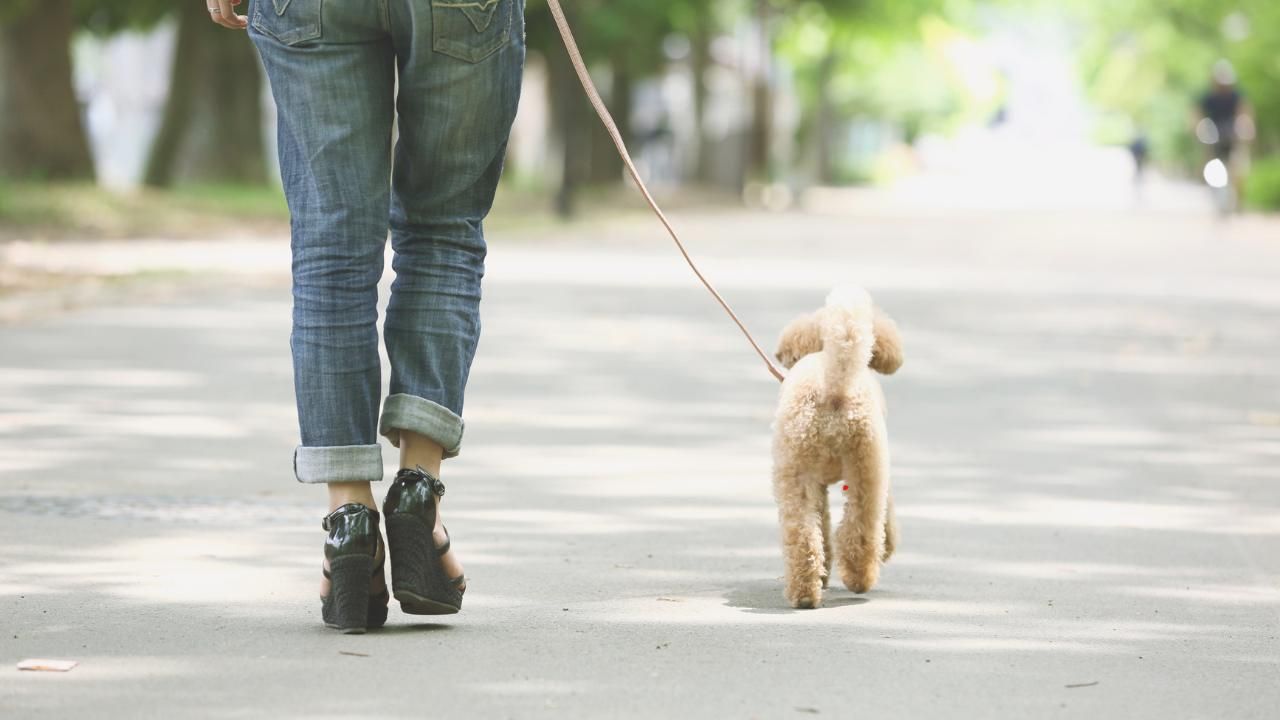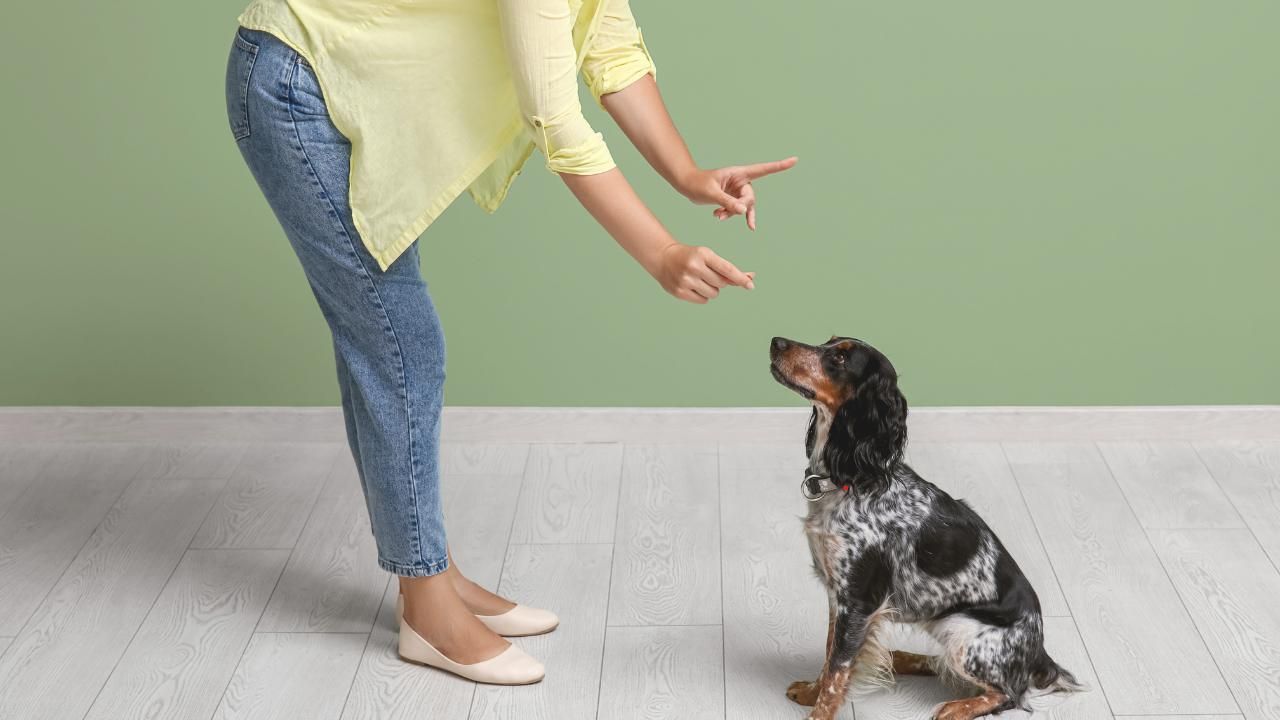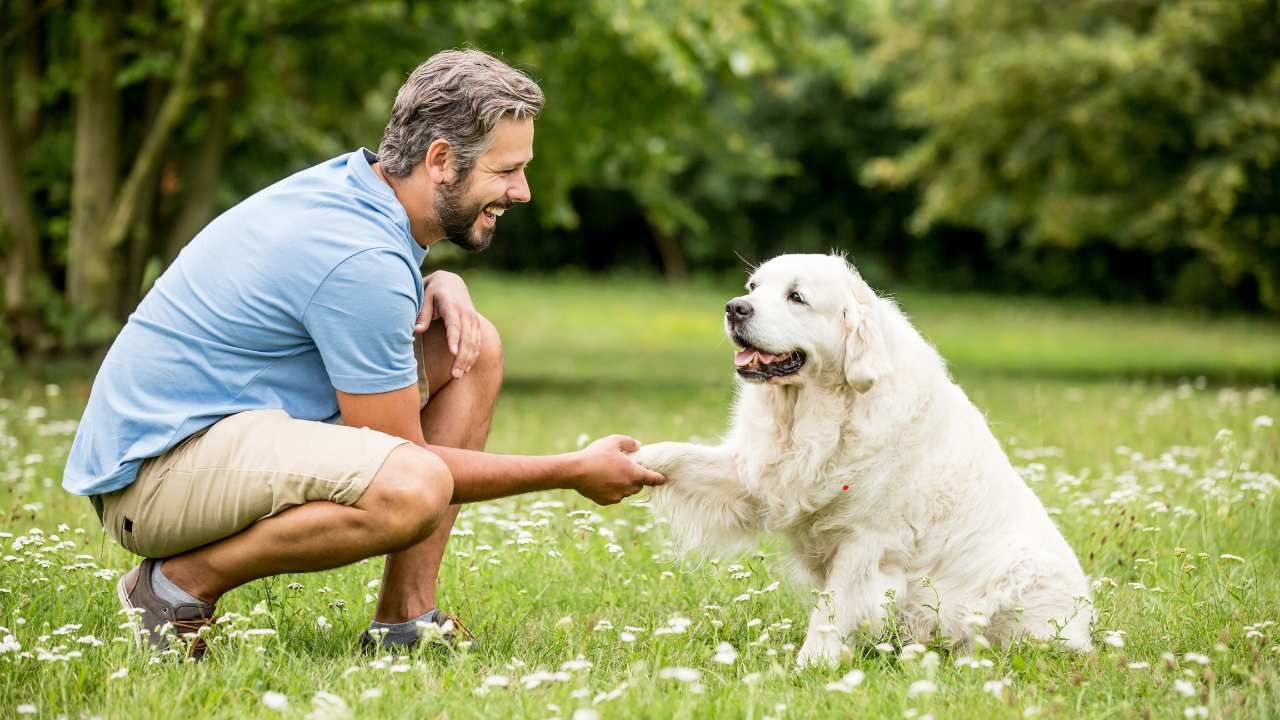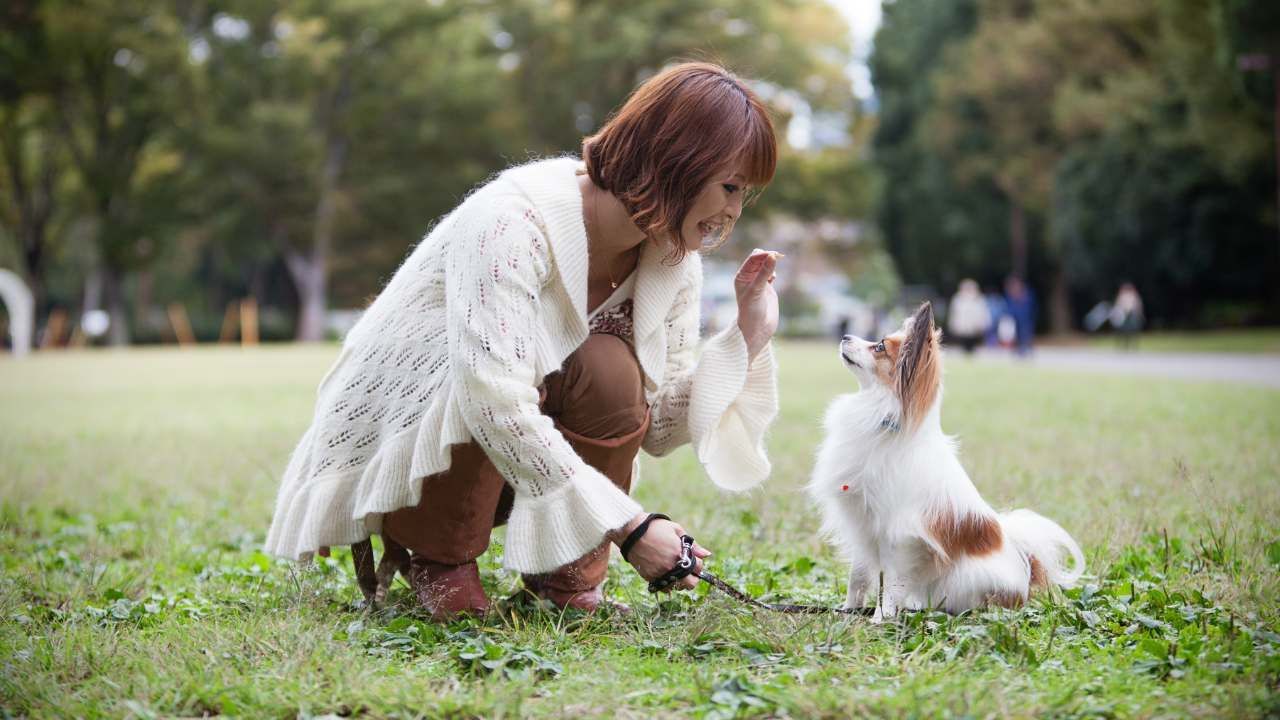Puppy Nutrition 101: What to Feed Growing Puppies
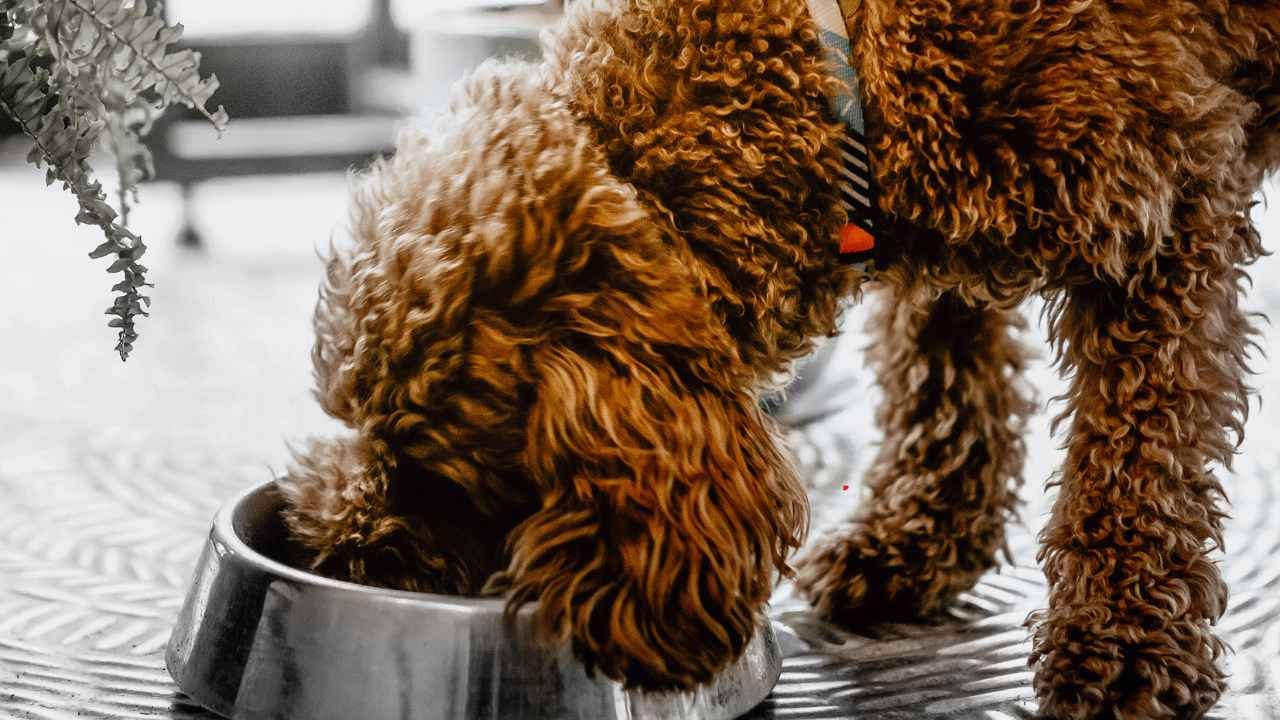
Bringing home a new puppy is equal parts exciting and overwhelming—especially when it comes to choosing the right food. Whether you're exploring Bernedoodle puppies for sale in Arizona or adopting another breed, proper nutrition in the early months plays a major role in your pup’s development. A balanced diet sets the foundation for lifelong health, strong bones, and a shiny coat you’ll love to snuggle.
In this article, we’ll walk you through the basics of puppy nutrition: what nutrients they need, what kind of food to buy, and how to feed them properly as they grow.
Why Puppy Nutrition Is Different from Adult Dogs
Puppies aren't just mini versions of adult dogs—they’re growing fast, which means they need more calories, more protein, and specific nutrients like calcium and phosphorus to build healthy bones and joints.
Some key differences in puppy nutrition include:
- Higher calorie needs – Puppies burn a lot of energy exploring, playing, and growing.
- More protein – Supports muscle development and a strong immune system.
- Special calcium-to-phosphorus ratio – Crucial for skeletal development.
- Smaller kibble size – Easier for tiny mouths to chew.
Missing out on these can lead to developmental issues or long-term health problems, especially in large or mixed-size breeds like Bernedoodles, Goldendoodles, or Labradoodles.
Choosing the Right Puppy Food
Walking into the pet food aisle can feel like stepping into a jungle—grain-free, raw, kibble, organic... what do you even pick?
Here’s how to narrow it down:
- Look for “Complete and Balanced” – Ensure it meets AAFCO (Association of American Feed Control Officials) standards for puppies.
- Match food to your puppy’s size – Large-breed puppy formulas are designed to support slower, steadier growth.
- Avoid trendy extremes – Grain-free, raw, or boutique foods may sound fancy but aren't always better, and in some cases can cause deficiencies.
- Check the protein source – Look for whole meats like chicken, lamb, or salmon as the first ingredient—not by-products.
And don’t switch foods too often. Puppies have sensitive stomachs. Stick with one good option and slowly transition if you need to change.
Feeding Schedule and Portion Sizes
How much and how often you feed a puppy depends on their age and expected adult size. Here’s a general guide:
- 8–12 weeks: 4 meals a day
- 3–6 months: 3 meals a day
- 6–12 months: 2 meals a day
Watch your puppy’s body condition closely—ribs should be easily felt but not visible, and they should have a visible waist when viewed from above.
Pro tip: Use feeding time to practice training. Measuring food into training sessions helps with portion control and makes learning fun for your pup.
Supplements and Treats—Do They Need Them?
Most high-quality puppy foods contain everything your pup needs. But there are some exceptions:
- Omega-3s (like DHA) support brain development
- Probiotics can help with digestive health
- Joint supplements may be useful in large or fast-growing breeds
Treats, on the other hand, should be just that—treats. Keep them under 10% of their daily calories. Go for single-ingredient options like freeze-dried liver or training treats made specifically for puppies.
Case Study: How Doodling Pups, LLC Supports Healthy Starts
At Doodling Pups, LLC, each puppy goes home with a personalized feeding plan, including the brand of food they’re used to and how to transition to a new diet if needed. One family who brought home a Bernedoodle said their vet was impressed by their pup’s healthy coat and weight—thanks to sticking with the recommended diet for the first six months.
That kind of attention makes a real difference in how puppies adjust to their new homes.
Final Thoughts
Feeding your puppy doesn’t have to be complicated—but it does need to be intentional. Choose a vet-approved puppy food, follow a schedule, and don’t go overboard with treats. Your furry friend is counting on you to give them the healthiest start possible.
Ready to bring home a healthy, happy puppy? Make nutrition part of the conversation from day one. If you have any questions about puppy care or our available high-quality puppies, please contact us.

